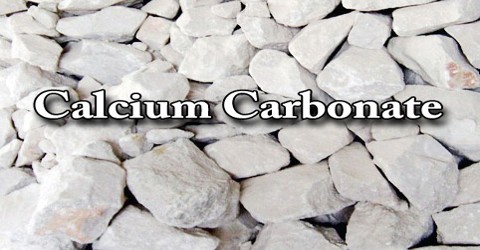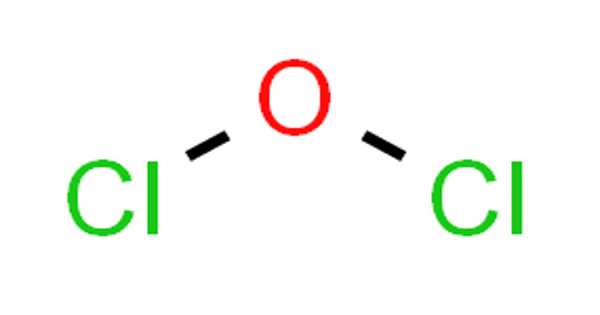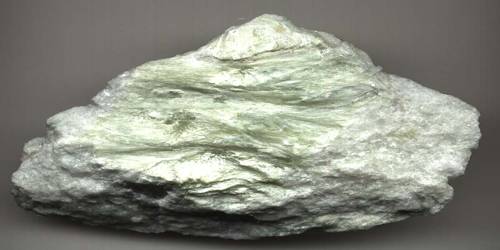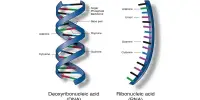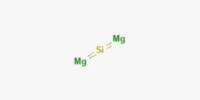Calcium Carbonate
Definition
Calcium Carbonate is a chemical compound with the formula CaCO3. It is a common substance found in rocks in all parts of the world, and is the main component of shells of marine organisms, snails, coal balls, pearls, and eggshells. Calcium carbonate is the active ingredient in agricultural lime, and is created when Ca ions in hard water react with carbonate ions creating limescale. It is commonly used medicinally as a calcium supplement or as an antacid, but excessive consumption can be hazardous.

Calcium is needed by the body for healthy bones, muscles, nervous system, and heart. Calcium carbonate also is used as an antacid to relieve heartburn, acid indigestion, and upset stomach. It is available with or without a prescription.
Calcium Carbonate is made up of three elements: calcium, carbon and oxygen. This combination is a chemical compound, which is written out as CaCO3. It has one molecule of calcium, one of carbon and three of oxygen. It is widely used in calcium supplements or antacids; over consumption in these forms can cause illness. It is also found in rocks and is not geographically restricted to certain areas: calcium carbonate can be found all over the world. If you tested eggshells, you would also find a high concentration of the compound. One of the most common ways to find calcium carbonate is in the pearl jewelry that many people wear. Pearls and many other marine organisms have the compound as part of their makeup. Most marine organisms have calcium carbonate in their shells.
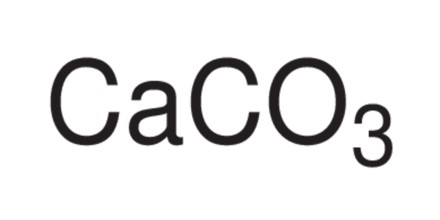
Physical Properties of Calcium Carbonate: Pure CaCO3 is an odorless, fine white powder. It has a density of 2.71 g/mL and melting point of 1,339 °C, as its calcite form. The other common mineral form, aragonite, has a density of 2.83 g/mL and melting point of 825 °C.
Chemical Properties of Calcium Carbonate: Calcium carbonate is insoluble in water and stable at normal temperatures. When heated to high temperatures, it decomposes to form calcium oxide with the release of carbon dioxide.
CaCO3 → CaO + CO2
CaCO3 also releases carbon dioxide when it is reacted with acids. Calcium carbonate reacts with water containing carbon dioxide to form the water soluble calcium bicarbonate salt (Ca(HCO3)2).

Uses of Calcium Carbonate
The main applications of calcium carbonate are in building materials, ceramic tiles, blackboard chalk, and iron ore purification, oil well drilling fluids, paints, adhesives, and sealants. Calcium carbonate is the most widely used mineral in the paper, plastics, paints and coatings industries both as a filler – and due to its special white color – as a coating pigment. In the paper industry it is valued worldwide for its high brightness and light scattering characteristics, and is used as an inexpensive filler to make bright opaque paper. It also has several medical uses such as antacid, calcium dietary supplement, pharmaceutical filler in tablets, and hemodialysis treatment. It is also used as a food preservative and in toothpastes. Calcium carbonate is the active ingredient in agricultural lime, and is used in animal feed. Calcium carbonate also benefits the environment through water and waste treatment. Calcium carbonate decomposes to form carbon dioxide and lime, an important material in making steel, glass, and paper. Because of its antacid properties, calcium carbonate is used in industrial settings to neutralize acidic conditions in both soil and water.
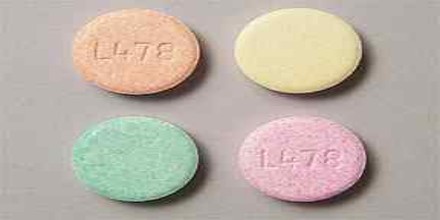
Calcium Carbonate is used to treat symptoms caused by too much stomach acid such as heartburn, upset stomach, or indigestion. It is an antacid that works by lowering the amount of acid in the stomach.
Calcium carbonate crystals are referred to as calcite. There are more than 300 forms of calcite crystals. Calcite crystals also come in many different colors, but usually are white or transparent. Another important property of the calcite crystal is its property of double refraction. Double refraction occurs when a ray of light travels through a medium and is split into two different beams, one traveling slowly, one traveling fast. The two different beams are bent at two different angles of refraction. As a result of this property a person looking through calcite sees two images. This property of double refraction is a feature valuable to a number of optical applications.

Side Effects of Calcium Carbonate
A very serious allergic reaction to this drug is rare. However, seek immediate medical attention if anyone notice any symptoms of a serious allergic reaction, including: rash, itching/swelling (especially of the face/tongue/throat), severe dizziness, trouble breathing.
Constipation, gas, and burping may occur. If any of these effects persist or worsen, tell doctor or pharmacist promptly.
If doctor has directed us to use this medication, remember that he or she has judged that the benefit to us is greater than the risk of side effects. Many people using this medication do not have serious side effects.
Calcium carbonate is not toxic and is safe for consumption. However, excess calcium intake can lead to hypercalcemia or milk-alkali syndrome, which include symptoms like abdominal pain and vomiting, and can be fatal in serious cases.
